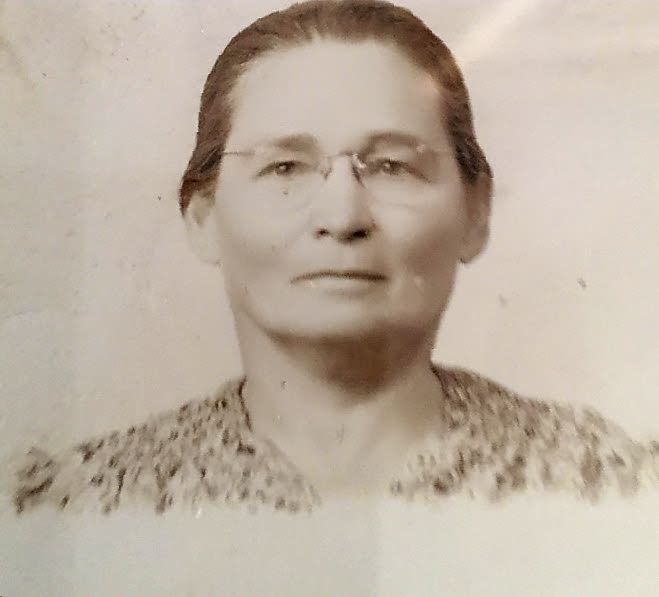Republican candidates suffered a statewide rout in Tuesday’s Virginia election, from the governor’s race down to statehouse contests. The reason: Backlash against President Donald Trump and the anti-immigrant, economic nationalism planks of Trumpism.
Does this mean that other Appalachian and southern states, which went so strongly for Trump in the 2016 election, will flip Democratic in next year’s midterm election? Not necessarily.
First, the results.
Ed Gillespie, the former George W. Bush adviser and Republican lobbyist who came thisclose to beating Democratic incumbent Sen. Mark Warner in 2014 – and might have, if the Republican National Committee had thought he had a fighting chance and fully funded his campaign – was crushed by Democrat Ralph Northam, the current Virginia lieutenant governor, by a margin of 53.7 percent to 45.1 percent.
Gillespie withstood a close primary challenge from a Trumpist Republican opponent. In the general election against Northam, Gillespie believed that in order to retain the voters who preferred his primary rival, he needed to move closer to Trump, so he aired a number of attack ads that embraced various tenants of Trumpism. At the same time, in order to pick up at least some votes in contested areas, Gillespie believed he couldn’t get too close to Trump.
The tactics failed.
If you look at a Virginia electoral map, it looks like Gillespie carried the state – almost all of the counties are red. Northam carried only a few counties – mostly in Northern Virginia, in the Norfolk/Southside area and few others sprinkled around. Northam even carried counties that voted for Trump in 2016, further confirming the anti-Trump backlash.
But the counties Northam won are the counties where Virginia’s population resides, and that’s the deeper message of the Virginia election: in addition to being a firm repudiation of Trump, it was also a reflection of America’s increasing rural/urban political split.
Americans are increasingly divided about most political topics. We retreat into our own tribes, consume the politically biased media that reaffirms our beliefs and attack our opponents on social media.
One of the greatest political divides is between rural and urban voters. The nation is undergoing a major longitudinal shift in where we live. In 1800, only 6.1 percent of Americans lived in cities. The rural-urban split grew to 50-50 between 1910 and 2010. By the 2010 Census, nearly 81 percent of Americans lived in urban areas.
Urban voters are more liberal than rural voters. It’s still an open question as to why. Do left-leaning rusticants move to cities to be with their liberal brethren, or, when anyone moves to a city, does it make them more liberal?
Regardless, that shift was at play in Virginia’s election. Urban voters hated Gillespie and Republicans and it’s getting worse for them.
In the counties of Northern Virginia, a Washington D.C. suburb and Virginia’s most populous region, former Gov. Terry McAuliffe, a Democrat, won by 137,557 votes in 2013. Northam won the same counties by 278,450 votes on Tuesday – more than double. A secondary factor you can read into this: Federal employees, a big portion of Northern Virginia residents, really dislike Trump.
Many commentators are saying the Virginia result is a bellwether for next year’s midterm elections, and are predicting a further deterioration in Trump support, leading to Democratic victories.
Perhaps, but only in states that have major urban population centers.
States such as West Virginia — which was the No. 2 Trump state in last year’s election, behind Wyoming, with just under 69 percent of West Virginia going for Trump – are far less likely to flip Democrat. The governor, Jim Justice, was elected as a Democrat in 2016 then changed his party affiliation to Republican – with Trump at his side – only nine months later.
Recent polls by Gallup and SurveyMonkey show that Trump retains his highest individual state approval rating in West Virginia. Across the entire nation, however, Trump’s approval rating has dropped to 36 percent, according to CNN, which is the lowest modern-era mark for any president nine months into his first term.
West Virginia, a state of 1.8 million people, has no major population centers like Virginia does. On football Saturdays in Morgantown, a sold-out Milan Puskar Stadium is the state’s biggest city.
So far, West Virginia has not turned against Trump. Democrats should not expect a repeat of Virginia’s Tuesday results in next year’s midterms in West Virginia.
Frank Ahrens, a West Virginia native, is a public relations executive in Washington D.C. He was a Washington Post journalist for 18 years and is the author of “Seoul Man: A Memoir of Cars, Culture, Crisis, and Unexpected Hilarity Inside a Korean Corporate Titan.”



